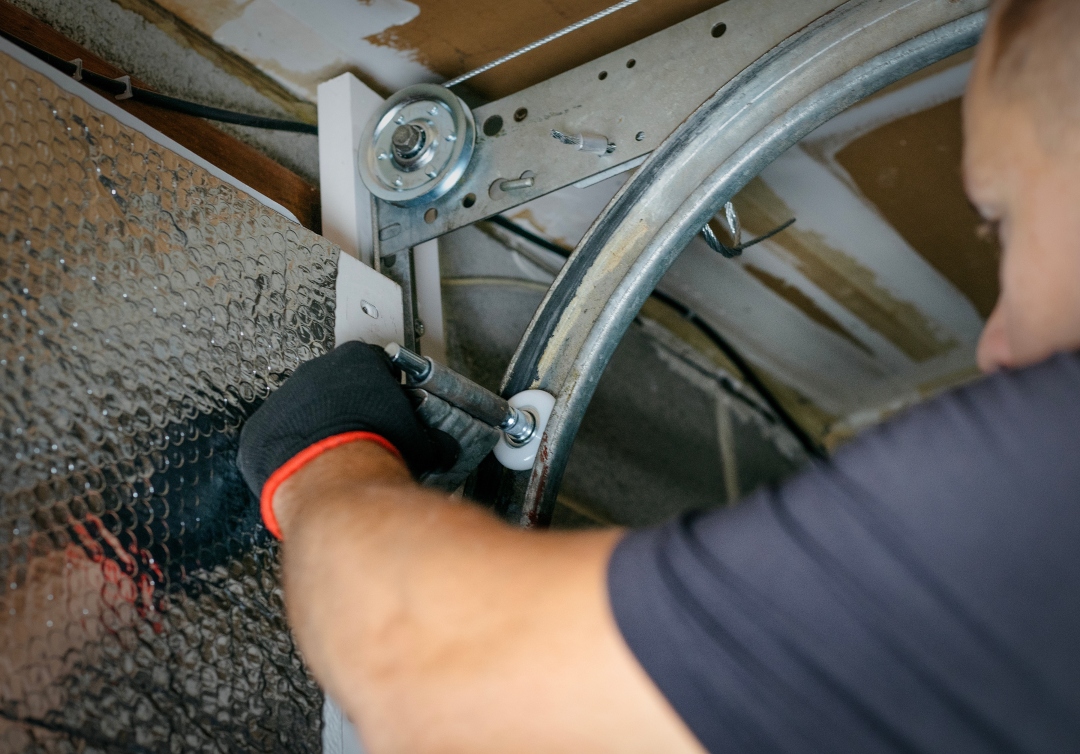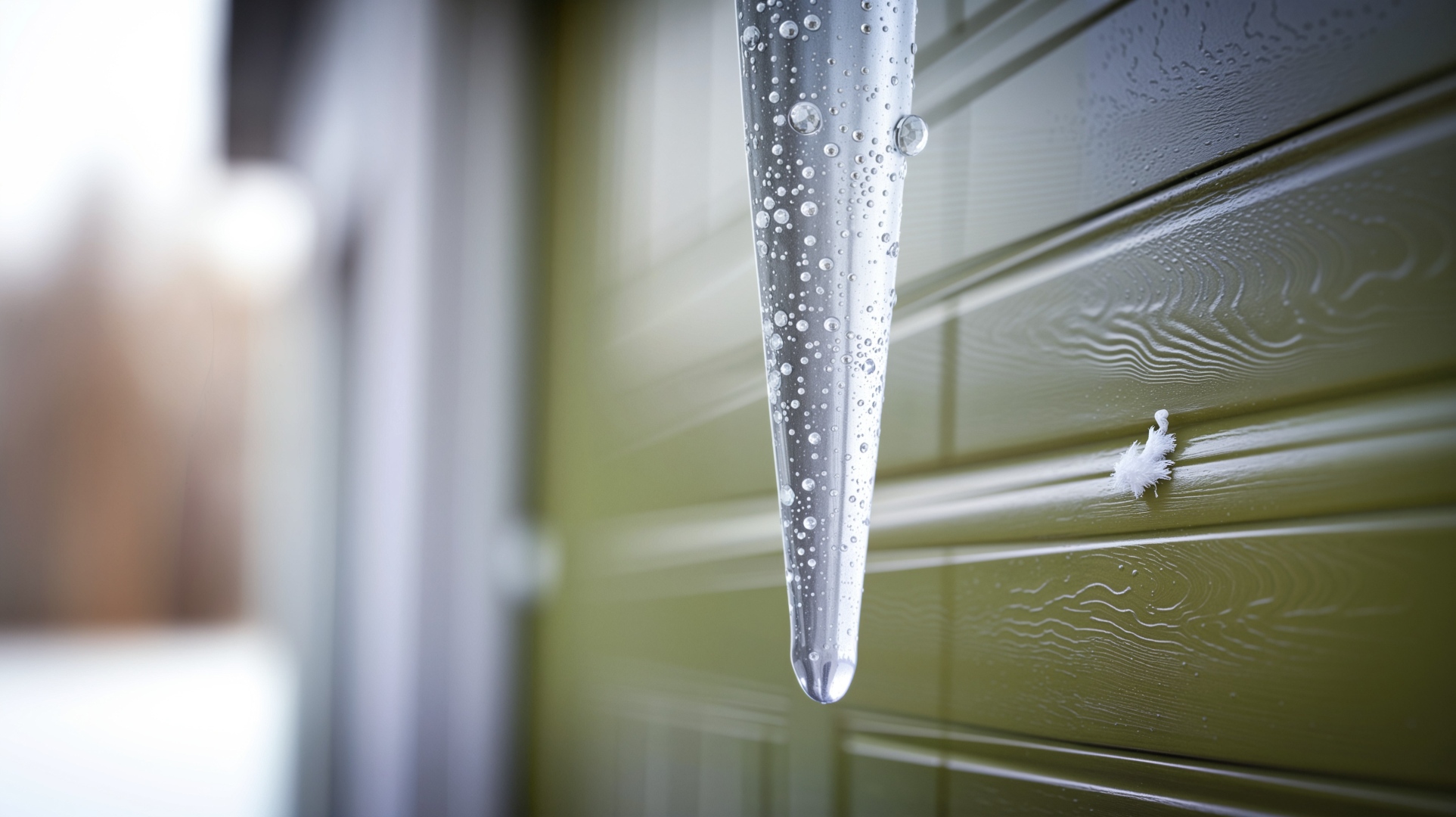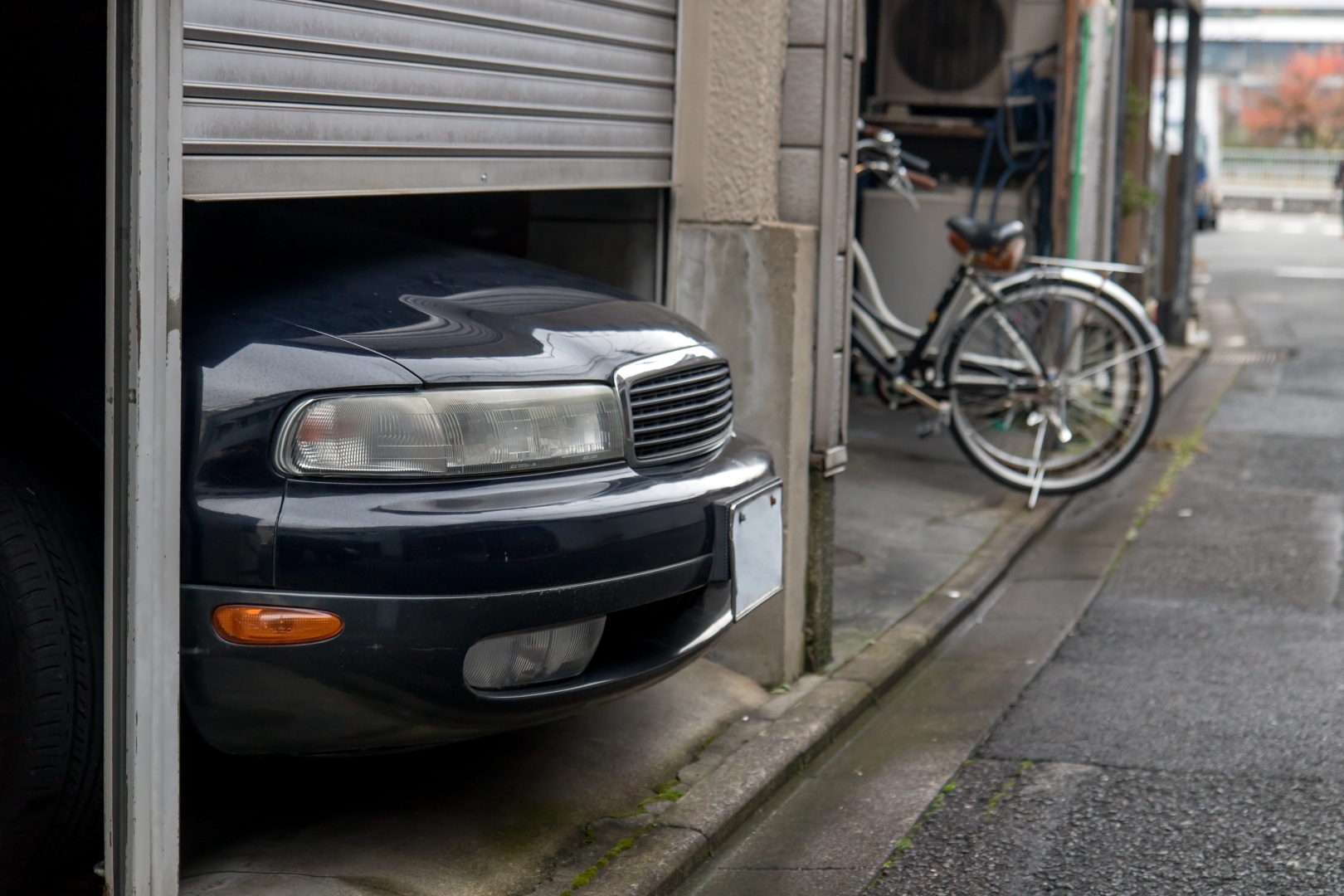Your garage door is likely the largest moving component in your home. Without the proper knowledge of your garage door safety features, this essential feature of your home can become a serious hazard. Every year, thousands of garage-door-related injuries are reported. Many of which could be prevented with well-functioning safety features.
Modern garage doors include critical safety mechanisms designed to protect homeowners by detecting obstacles, preventing unexpected closures, and enhancing overall security. Despite their importance, many homeowners aren’t fully aware of these features or how to maintain them effectively.
In this guide, we’ll explore key garage door safety features you need to know about, explaining why they’re crucial for protecting your home and loved ones. We’ll also share practical tips for maintaining these safety mechanisms, ensuring your garage door remains safe, reliable, and secure for years to come.
Why Education of Garage Door Safety Features is Essential
Garage doors are an integral part of modern homes, providing convenient access, security, and curb appeal. However, their size, weight, and powerful operating mechanisms also pose significant safety risks if not properly maintained or equipped with reliable safety features. Understanding why garage door safety matters is the first step toward protecting yourself, your family, and your property.
Common Risks Associated with Garage Doors
Every year, thousands of garage-door-related injuries are reported, often involving preventable accidents. These include:
- Physical injuries: Garage doors are heavy and operate under tension. Injuries can result from a malfunctioning door unexpectedly closing on people, pets, or vehicles.
- Property damage: A faulty door can damage vehicles, stored belongings, or even structural components of your home, leading to costly repairs.
- Security threats: Garage doors that don’t close properly or lack modern security features leave your home vulnerable to break-ins and theft.
How Garage Door Accidents Happen
Garage door accidents typically occur due to:
- Outdated or malfunctioning equipment: Older doors may lack important safety features such as auto-reversal mechanisms or photo-eye sensors.
- Improper maintenance: Neglecting regular maintenance can result in worn or damaged components, creating unsafe conditions.
- Incorrect installation or repairs: Improperly installed or repaired doors can operate unpredictably, increasing accident risks.
Fortunately, modern garage doors come equipped with vital safety features designed to significantly reduce these risks. Automatic reversal systems, photo-eye sensors, manual release handles, rolling-code technology, and motion-detection lighting are examples of these protective measures. Properly understanding and regular maintenance of these features greatly enhances safety, reliability, and peace of mind.
Garage Door Safety Features to Know About
Being aware of your garage door’s safety features and how they function allows homeowners to ensure their garage doors operate safely and reliably. Here’s an overview of the important garage door safety features every homeowner should understand.
Automatic Reversal Mechanisms
This critical feature automatically reverses the direction of the garage door when it detects resistance, such as a person or object in its path. It significantly reduces the risk of serious injuries or property damage by preventing the door from closing forcefully.
Photo-Eye Sensors
Typically installed near the floor, photo-eye sensors use infrared beams to detect any obstruction. If something crosses the beam’s path, the door immediately stops and reverses direction. This feature is crucial for preventing accidental injuries to children, pets, or damage to vehicles and belongings.
Manual Release Handles
Every garage door should have a manual release handle or emergency cord. This allows you to manually open or close the door during power outages or mechanical failures. Knowing how to safely use this feature ensures you’re never trapped inside or outside your garage.
Rolling-Code Technology
Garage door openers with rolling-code technology generate a unique code every time the remote control is used. This significantly enhances security by preventing unauthorized access through code theft or hacking, ensuring your home and belongings stay protected.
Motion Detection Lighting
Garage door openers with integrated motion detection lighting automatically activate lights whenever motion is detected. This feature enhances safety by preventing accidental trips or falls and deters potential intruders by illuminating the area around your garage door.
Tips for Regular Garage Door Safety Checks
Regular safety inspections of your garage door can prevent accidents, ensure smooth operation, and prolong the lifespan of your garage door system. By performing routine checks, you’ll detect potential issues early and before they become hazardous or lead to costly repairs. Here are some practical tips to help you stay on top of your garage door’s safety:
Test Automatic Reversal Features Monthly
Place a small object like a roll of paper towels or a small box under the path of your garage door. Close the door using the remote or keypad. The door should automatically revers upon contact with the object. If it doesn’t, schedule immediate professional maintenance.
Inspect Photo-Eye Sensors Regularly
Check sensor alignment to ensure the beams are correctly facing each other. Both sensors should be at equal height and facing each other. Each sensor should be showing a steady green light. If they’re flashing red or don’t appear lit at all means there may be misalignment.
If the sensors are lit but the door doesn’t work properly, try cleaning the sensors with a soft cloth.
If you continue to face issues after these steps, the best course of action is to call a professional.
Test Manual Release Handle
Locate the manual release cord and gently pull it to disconnect the garage door from the opener. Manually lift the garage door. If it doesn’t move smoothly or feels heavy, you likely need professional maintenance. Reattach the door to the opener after testing to ensure normal operation. To do so, re-engage the emergency release by pushing up on its lever or by pulling the emergency release cord down and towards the opener until you hear a click.
Check for Signs of Wear and Tear
Inspect your garage door cables, springs, rollers, hinges, and tracks regularly for visible damage or wear. What you’re looking for is rust, frayed cables, cracks, or bent components. If you notice any of these things, call us immediately.
Test Garage Door Balance
Disconnect the opener using the manual release handle and open the garage door halfway by hand and let go. The door should remain in place. If the door slides down or rises, it’s unbalanced and you should contact us.
Schedule Professional Inspections
Even with regular homeowner checks, you should schedule a professional safety inspection at least once a year. Pros can spot potential problems early and perform necessary adjustments to make sure all garage door safety features are working properly.
Final Words on Garage Door Safety Features
Through knowledge and regular maintenance of your garage door safety features, you’re better equipped to protect your home, family, and property. Modern garage doors are well-equipped with multiple layers of protection from auto reverse systems and photo-eye sensors to rolling-code technology. All of these significantly reduce potential hazards and enhance security. However, by conducting routine safety checks and scheduling professional maintenance and inspections, you can ensure your garage door operates safely, efficiently, and reliably for years to come.
Are you concerned about your garage door safety features? Contact us today! Our garage door technicians are not only trained to diagnose and fix any issues they find, but happily educate homeowners on their systems.



